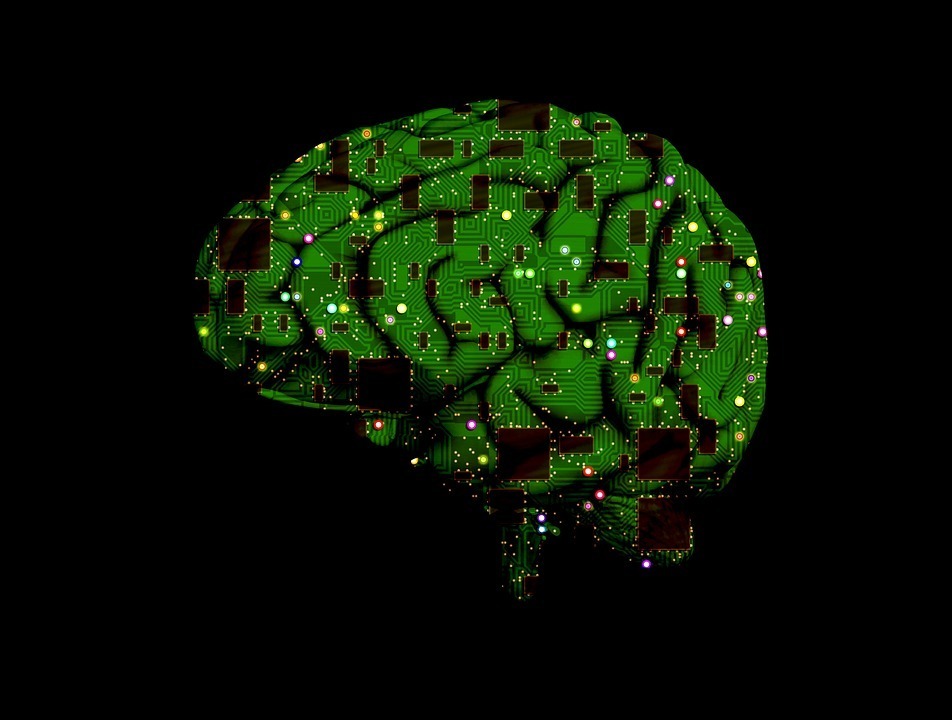
As gaming lore would have it, the children of the 1970s spent hours glued to arcades each week knocking a ball between two bars that moved up and down either side of the computer screen. Released in 1972, Pong, which crudely approximates table tennis, was among the first video games created, and the early arcade machines it featured on now stand proudly in museums across the US.
The game didn’t require a huge amount of brain power, though it did need some: the capacity to predict where the opponent would send the ball; the ability to move the “paddle” to meet the ball in advance of its arrival. But it evidently didn’t demand too much of the human body beyond that, as scientists at Cortical Labs in Australia have now proven.
They have taught human brain cells in a petri dish to do more or less what kids did half a century ago, only this time the cells are playing against themselves, bouncing the ball against a virtual wall. Still, they need to operate the paddle and predict the ball’s trajectory.
The roughly 800,000 cells in the petri dish were sent electrical pulses via microelectrodes: if the ball is arriving at their left side, the signal goes to the left-hand side of the mass, and the same for the right-hand side. The white bar accordingly moves to meet the ball. Cortical Labs’ Brett Kagan told New Scientist magazine that the teaching of these “cyborg mini-brains”, as the team calls them, took only five minutes.
The experiment will likely add to growing belief in the power – and scientific utility – of synthetic brains. In August last year, Science journal published a report on work done by researchers in France to create a computer simulation of the way in which neurons send information between different parts of the brain, and which could be observed mimicking the process of memory formation. A team at King’s College London meanwhile used a combination of AI and the Cambridge-1 supercomputer, the UK’s most powerful computer, to generate synthetic brain images that enable them to observe how certain illnesses or ageing-related processes trigger changes in the brain over time – all without needing to place actual humans in an MRI tunnel.
The prospect of cyborg brains might not sit too easily. After all, Hollywood has long been telling us that if the machines rise up, humanity will fall. But there is growing scientific support for the furthering of this kind of research, not least because it will make obsolete the invasive procedures currently required to study our brains.
This piece is from the Witness section of New Humanist spring 2022. Subscribe here.

